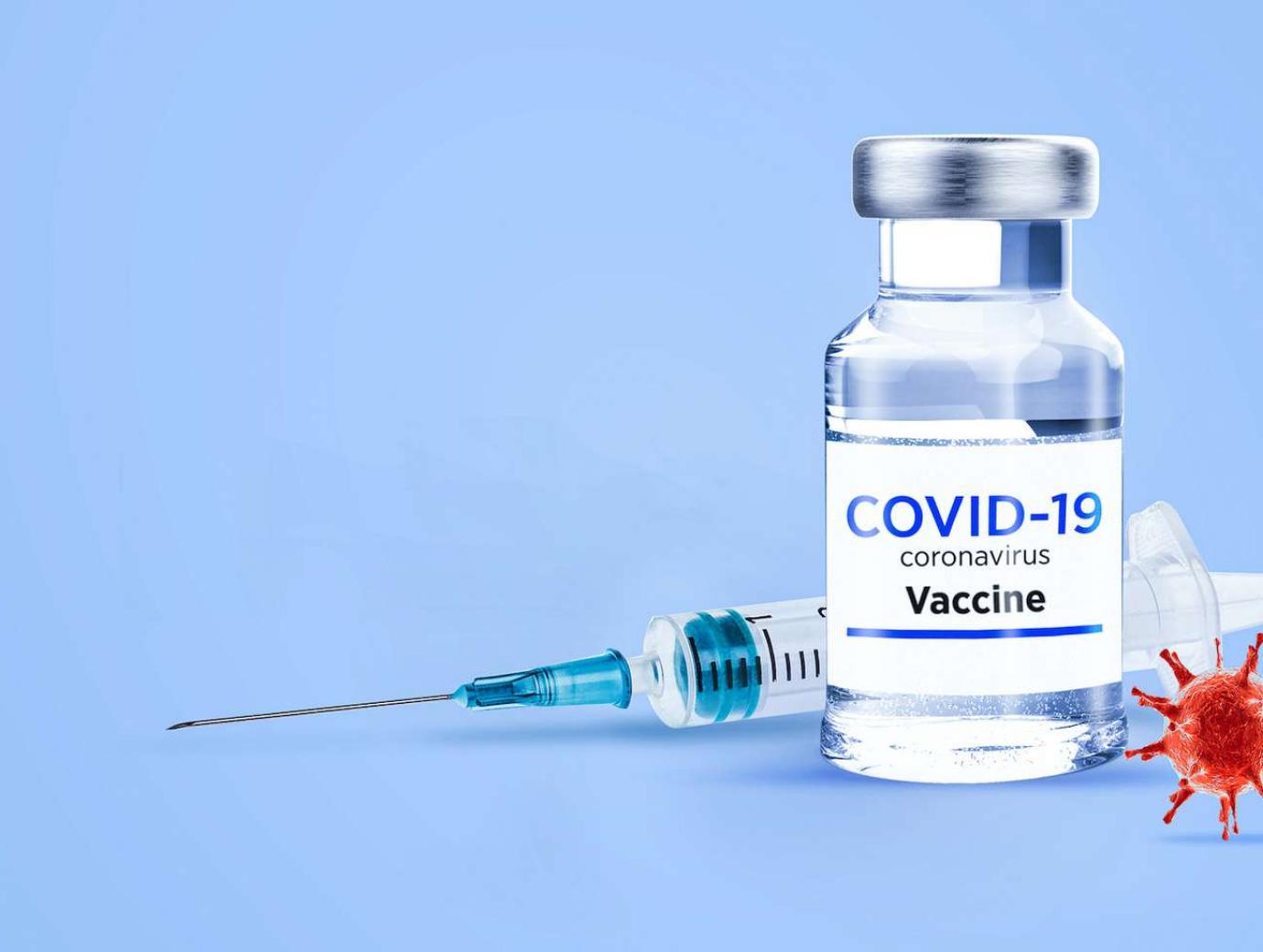The objective of this advisory committee statement is to provide preliminary guidance for public health program level decision-making to plan for the efficient, effective, and equitable allocation of a novel coronavirus disease 2019 (COVID-19) vaccine once it is authorized for use in Canada when limited initial vaccine supply will necessitate the prioritization of immunization in some populations earlier than others. These recommendations aim to achieve Canada's pandemic response goal: "To minimize serious illness and overall deaths while minimizing societal disruption as a result of the COVID-19 pandemic."
Key populations include:
1. Those at high risk of severe illness and death from COVID-19:
- Advanced age
- Other high-risk conditions (to be defined as the evidence base evolves)
2. Those most likely to transmit COVID-19 to those at high risk of severe illness and death from COVID-19 and workers essential to maintaining the COVID-19 response
- Healthcare workers, personal care workers, and caregivers providing care in long-term care facilities, or other congregate care facilities for seniors
- Other workers most essential in managing the COVID-19 response or providing frontline care for COVID-19 patients
- Household contacts of those at high-risk of severe illness and death from COVID-19
3. Those contributing to the maintenance of other essential services for the functioning of society:
To be defined, prioritized and informed by federal/provincial/territorial (FPT) discussions. Examples: those who cannot work virtually and have differential exposure to COVID-19 (e.g., police, firefighters, grocery store staff)
4. Those whose living or working conditions put them at elevated risk of infection and where infection could have disproportionate consequences, including Indigenous communities
To be defined based on COVID-19 epidemiology and previous pandemic experience. Examples: settings where physical distancing and other infection prevention and control measures are challenging, access to healthcare infrastructure is reduced, and infection could have disproportionate consequences
- NITAG Recommendation
- Canada


